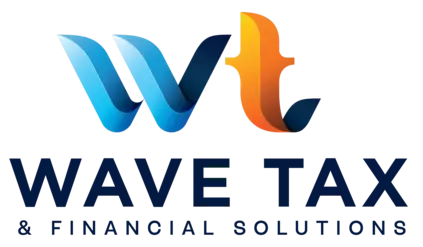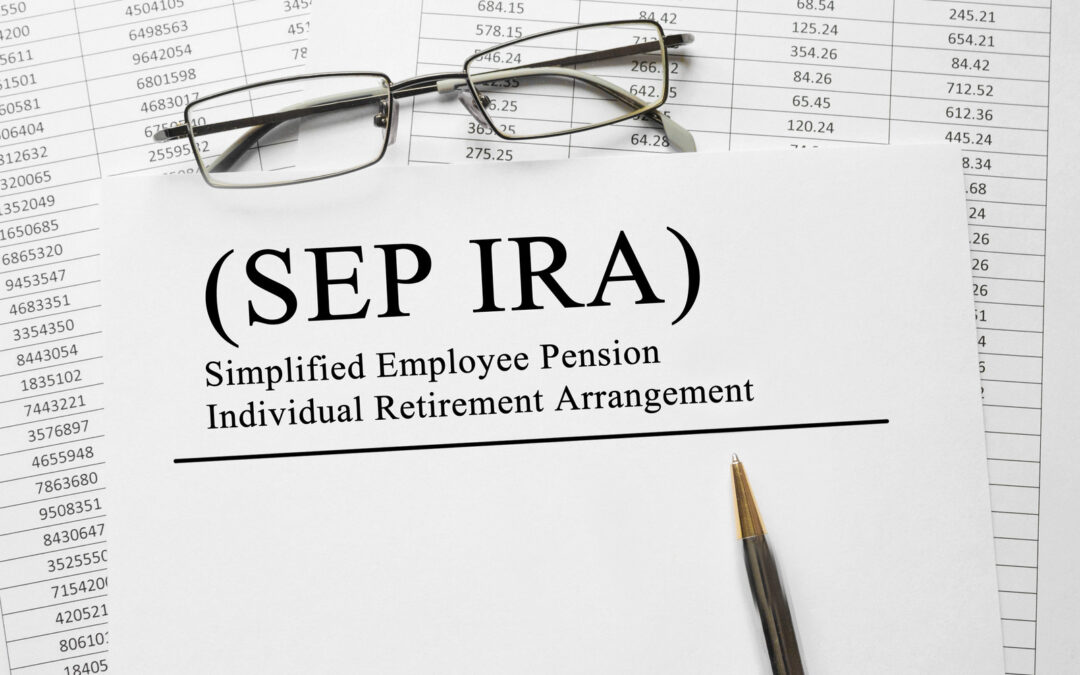A SEP IRA, or Simplified Employee Pension Individual Retirement Account, is a type of retirement plan designed to assist business owners and self-employed individuals in saving for retirement.
It functions similarly to a traditional IRA, as contributions are tax-deductible for the business. Investments grow tax-deferred until retirement, at which point distributions are taxed as income.
🔸Contribution Limits for SEP IRA
In 2024, you can contribute up to $69,000 to a SEP IRA account, but there are restrictions. The annual contribution limits cannot exceed the lesser of the following amounts: 25% of compensation or $69,000 in 2024.
The first limit, 25% of compensation, also applies to what you can contribute for each eligible employee. The compensation amount used to calculate the 25% limit is capped at $345,000 in 2024. There are no catch-up contributions available for individuals aged 50 and over for SEP IRA accounts.
🔸Eligibility Rules for SEP IRA Accounts
Generally, SEP IRAs are best suited for self-employed individuals or small business owners with few or no employees. If you have employees who the IRS considers eligible participants in your plan, you are required to contribute on their behalf, and those contributions must be a percentage of their compensation equal to your own.
Eligible participants are employees who are 21 years or older, have worked for you for at least three of the last five years, and have earned a minimum of $750 in 2024. If you wish to contribute 15% of your compensation, you must also contribute 15% of that employee’s compensation to the plan.
Employees own and manage their own accounts. As a result, SEP IRA accounts are often more suitable for self-employed individuals or small business owners.
🔸How do you open a SEP IRA account?
Opening a SEP IRA account online is straightforward. The first step is to select an account provider.
The IRS outlines three steps to establish your SEP IRA account:
- Create a formal written agreement. This can be done using IRS Form 5305-SEP or through your account provider.
- Provide eligible employees with information regarding the SEP IRA account.
- Set up separate SEP IRA accounts for each eligible employee with the account provider.
You may also like: Considering a New Job? Implement these Financial Strategies
🔸How do I invest in my SEP IRA account?
Once the account is established, you can choose from the investment options offered by your provider. These typically include stocks, bonds, and mutual funds.
After funding the account, consider your investment strategy based on your age, expected retirement age, and risk tolerance.
If you can handle market fluctuations and have a long time until retirement, you might want to focus your investments on stocks, particularly index funds that track a market segment and maintain a diverse mix of stocks within that segment.
Conversely, the closer you are to retirement and the less comfortable you are with market downturns, the more beneficial it may be to invest in bonds and bond funds. You can also consider index funds for bonds.

🔸SEP IRA vs. Roth IRA
Both SEP IRAs and Roth IRAs provide tax advantages for retirement. The key distinction is that SEP IRAs allow for tax-deferred growth of your investments, while Roth IRAs offer tax-free growth and withdrawals during retirement.
Contributions to SEP IRA accounts are tax-deductible. In contrast, contributions to a Roth IRA are not deductible since taxes have already been paid on the funds before they are deposited into the account.
Another significant distinction between a SEP IRA and a Roth IRA is that a SEP IRA allows for the inclusion of employees, enabling contributions on their behalf. This is not possible with Roth IRAs, making them potentially more suitable for self-employed individuals.
Additionally, SEP IRAs have higher contribution limits (up to $69,000 in 2024) compared to Roth IRAs, which have a limit of $7,000 in the same year. In summary, both account types can be beneficial for business owners, but they offer different tax advantages, with SEP IRAs being more appropriate for businesses with multiple employees.
🔸Simple IRA vs. SEP IRA
A Simple IRA, or Savings Incentive Match Plan for Employees, is a retirement savings plan designed for small businesses and self-employed individuals. Eligibility requirements include having no more than 100 employees who earned at least $5,000 in the previous year.
The primary difference between the two is that only businesses can contribute to SEP IRAs, while employees can make contributions to SIMPLE IRAs through payroll deductions via optional deferrals. Another key difference is that the employee contribution limit for SIMPLE IRAs is $16,000 in 2024, with an additional $3,500 allowed for individuals aged 50 and over.
🔎 Advantages and Disadvantages from SEP IRA Accounts
✅ Advantages
- The high contribution limit of up to $69,000 in 2024.
- Simple to establish and manage.
- Can be combined with a traditional IRA or a Roth IRA.
- Contributions are tax-deductible, including those made to employee accounts. You can deduct the lesser of your contributions or 25% of your compensation, subject to the maximum compensation limit ($345,000 in 2024). If you are self-employed, your deduction is 25% of your net self-employment income.
- Flexibility: There is no requirement to contribute every year.
⛔ Disadvantages
- No catch-up contributions for savers aged 50 or older.
- There is no Roth version, meaning you cannot choose to pay taxes on contributions now and receive tax-free distributions in retirement, as you can with a Roth IRA.
- Mandatory proportional contributions for each eligible employee if you are self-employed.
- Like traditional IRAs and 401(k)s, SEP IRAs require minimum distributions. Starting in 2023, these must begin at age 73.
- Similar to traditional IRA accounts, distributions taken before age 59 and a half are taxed as income and incur a 10% penalty unless the reason for the distribution meets one of the early withdrawal exceptions.
📍Remember, at Wave Tax we provide with tax advices that suit best for you and your future.
📩 Contact us at info@wavetax.us

